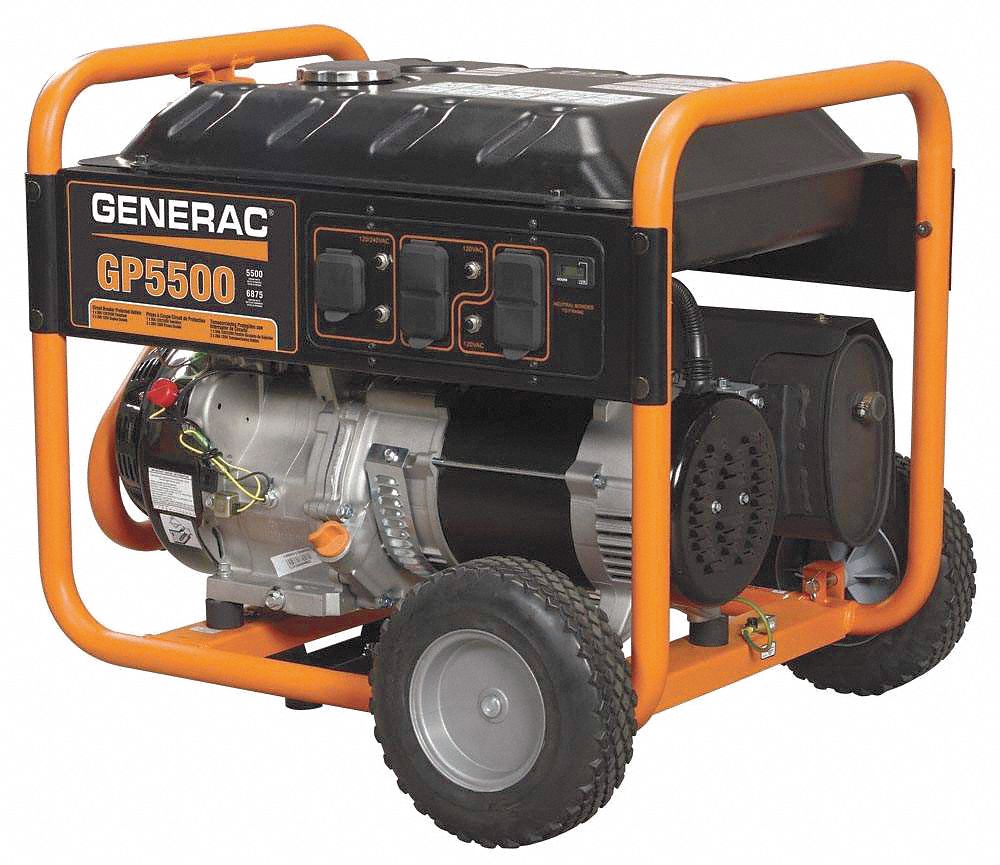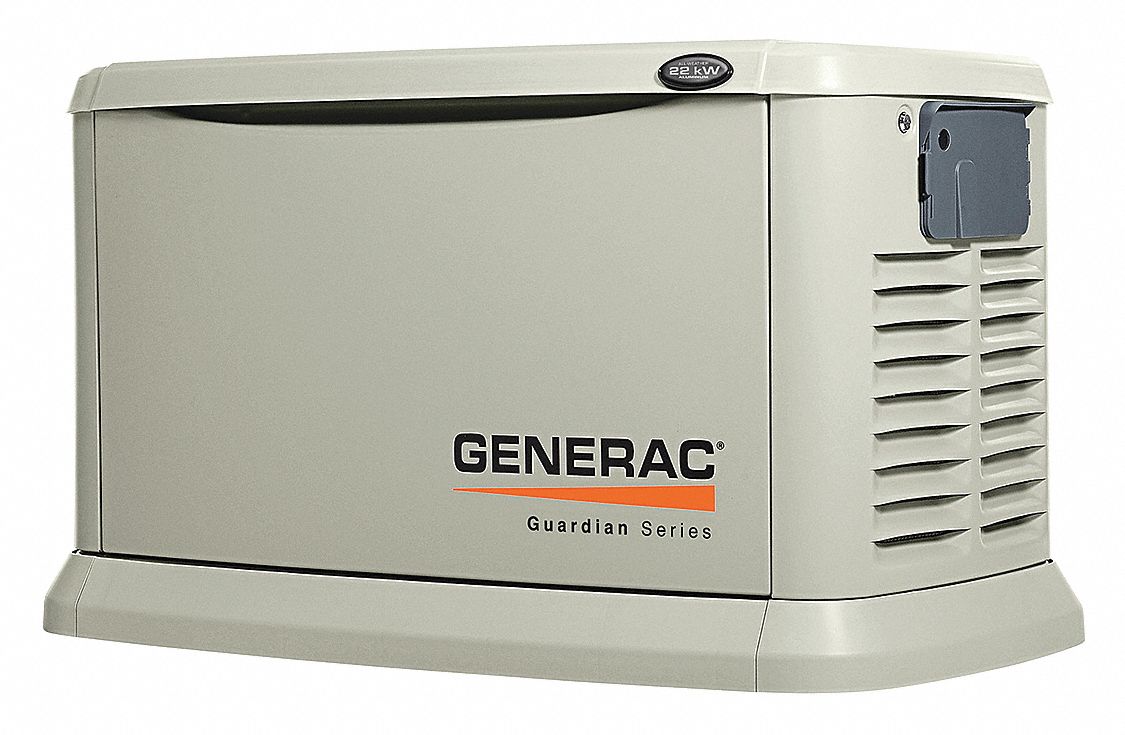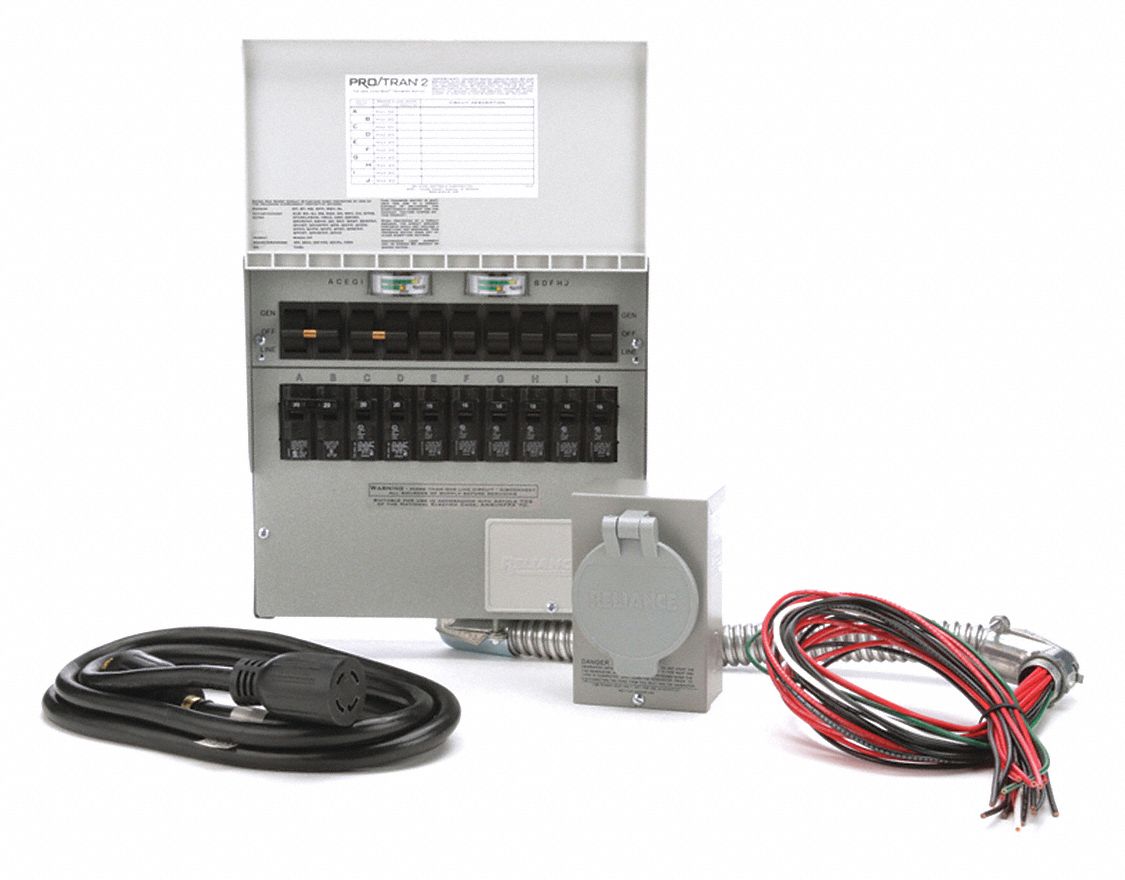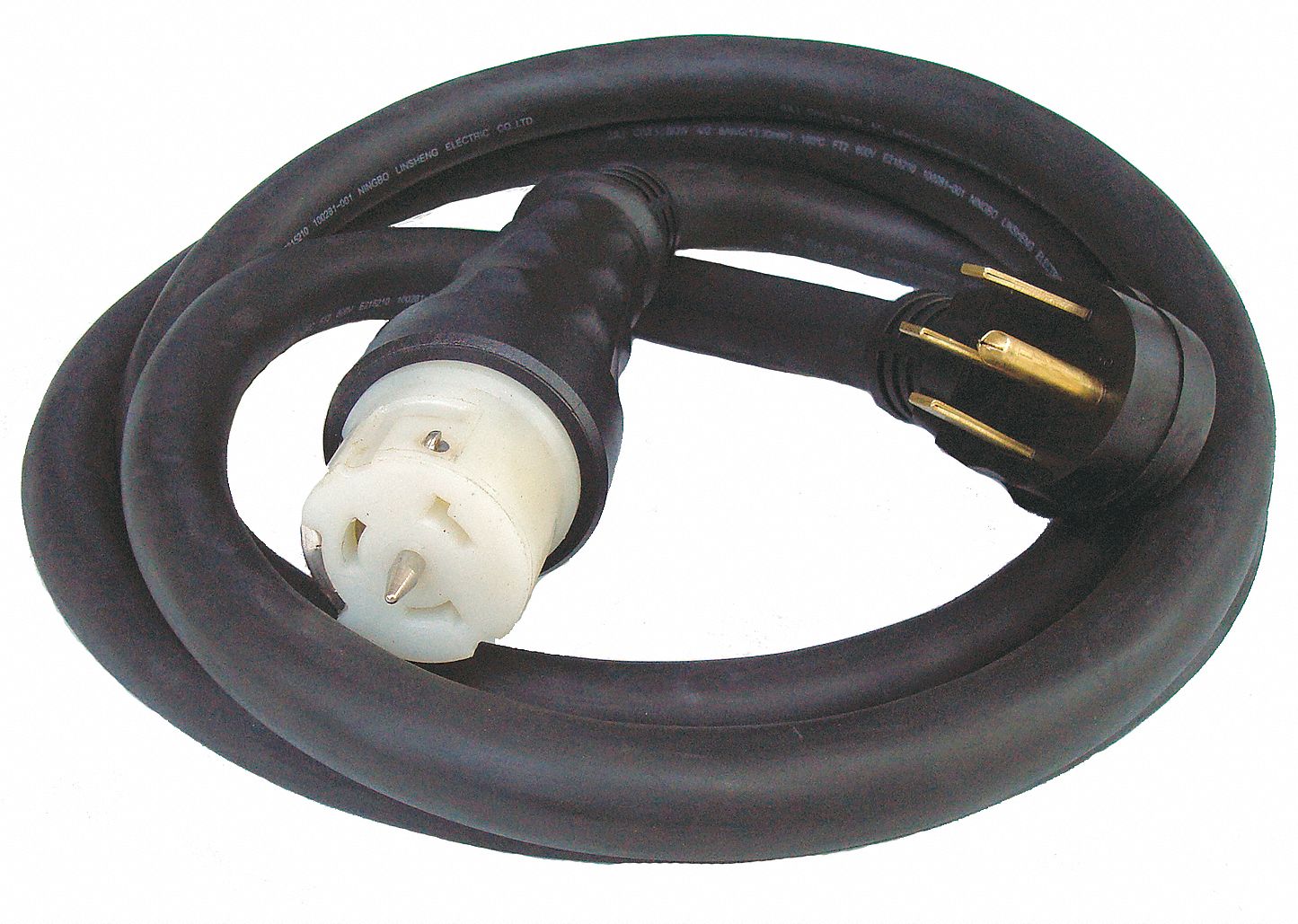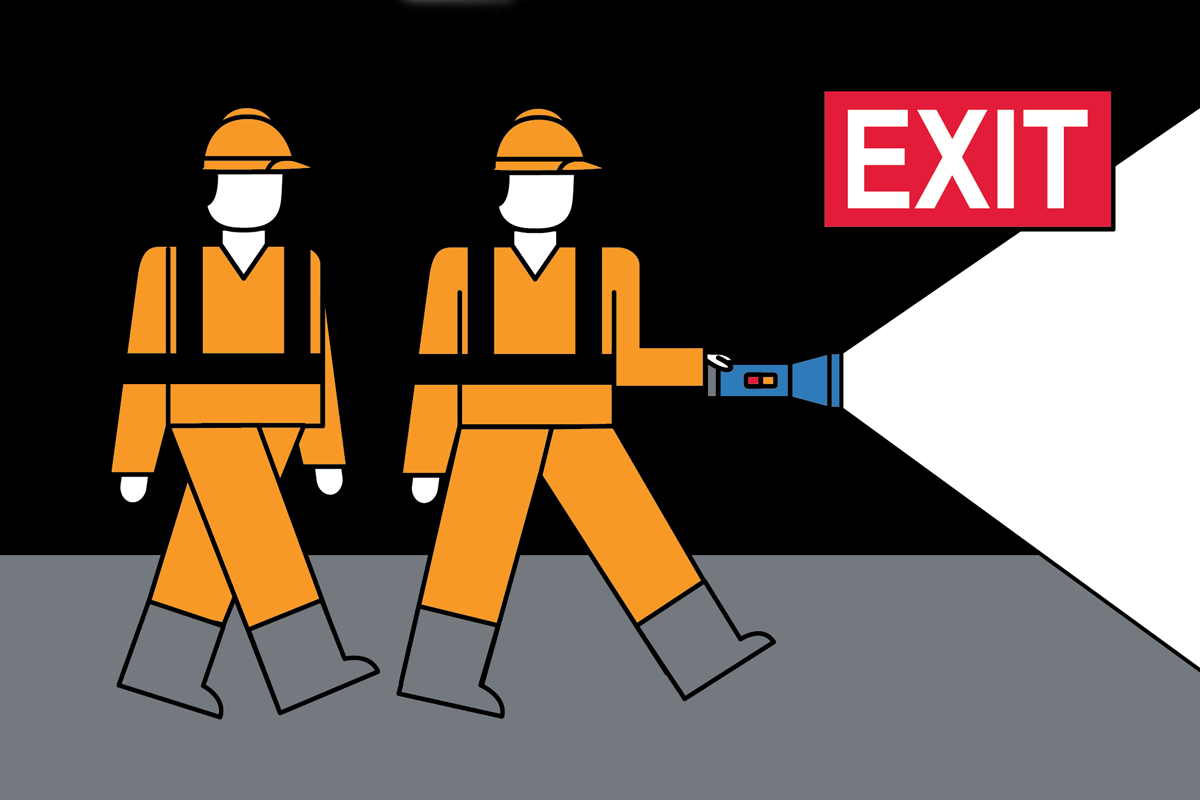

Product Guide: Power Outage
By Grainger Editorial Staff 8/19/19


Power outages are a part of doing business, but your facility can plan ahead to reduce their impact and keep critical operations moving. Prepare for power outages by making sure employees are familiar with emergency signage and equipment utilized during an outage and that backup power systems can be counted on when an emergency strikes. Once an outage happens, keeping employees safe and critical systems operational becomes your top priority.
Mitigation and Preparing for a Power Outage
Without upfront planning, outages can be extremely disruptive. Supplying tools like generators, power cords and emergency lighting can turn an outage into a small annoyance rather than a major emergency.
Generators and Power Equipment: Facilities of all sizes can prepare for a power outage with generators that keep critical systems running or just keep the lights on after an outage. Generators generally work using fuels like gasoline or natural gas, but can take the form of large battery backups or solar panels. Picking the right type and size of generator depends on the demands of your facility: large scale production lines will need multiple high-output generators to stay operational, while lighting and ventilation will require less power.
Emergency Lighting and Signage: Emergency lighting is crucial when responding to a power outage, but it only works if you have it installed beforehand. Prepare for a power outage ahead of time by installing emergency lighting and signage in compliance with your local codes. This lighting should have its own power supply in the event of an outage, and guide employees safely out of the facility.
Portable Power Equipment: When an outage hits, your employees will immediately look for common power outage supplies such as flashlights, batteries and extension cords. Ensure you have an ample number of power-related products in order to increase response time and reduce risk to employees. Ensure that these types of items are kept close to employee common areas and are easily available.
Response and Recovery
Once you lose power, the priorities are keeping employees out of harm’s way, keeping the right equipment online and dealing with rising or plunging temperatures.
UPS Systems: UPS (Uninterruptible Power Supply) systems provide battery backups for critical systems in the event of a power outage. These systems are designed to provide hours of power to connected equipment after an outage. Most UPS units are small and are meant to keep computers and televisions powered, but larger units can run more demanding equipment once fully charged.
Hot and Cold Protection: An often overlooked consequence of a power outage is the loss of heating and cooling equipment. In the peak of summer or winter, inadequate temperature controls can put employees in immediate danger. Stocking supplies for hot and cold protection, including emergency blankets, portable heaters and fans, can keep your employees safe while systems are repaired.
Check out this list of solutions to mitigate the damage of power outages to make sure you are prepared for power outages.
![]()
The information contained in this article is intended for general information purposes only and is based on information available as of the initial date of publication. No representation is made that the information or references are complete or remain current. This article is not a substitute for review of current applicable government regulations, industry standards, or other standards specific to your business and/or activities and should not be construed as legal advice or opinion. Readers with specific questions should refer to the applicable standards or consult with an attorney.

